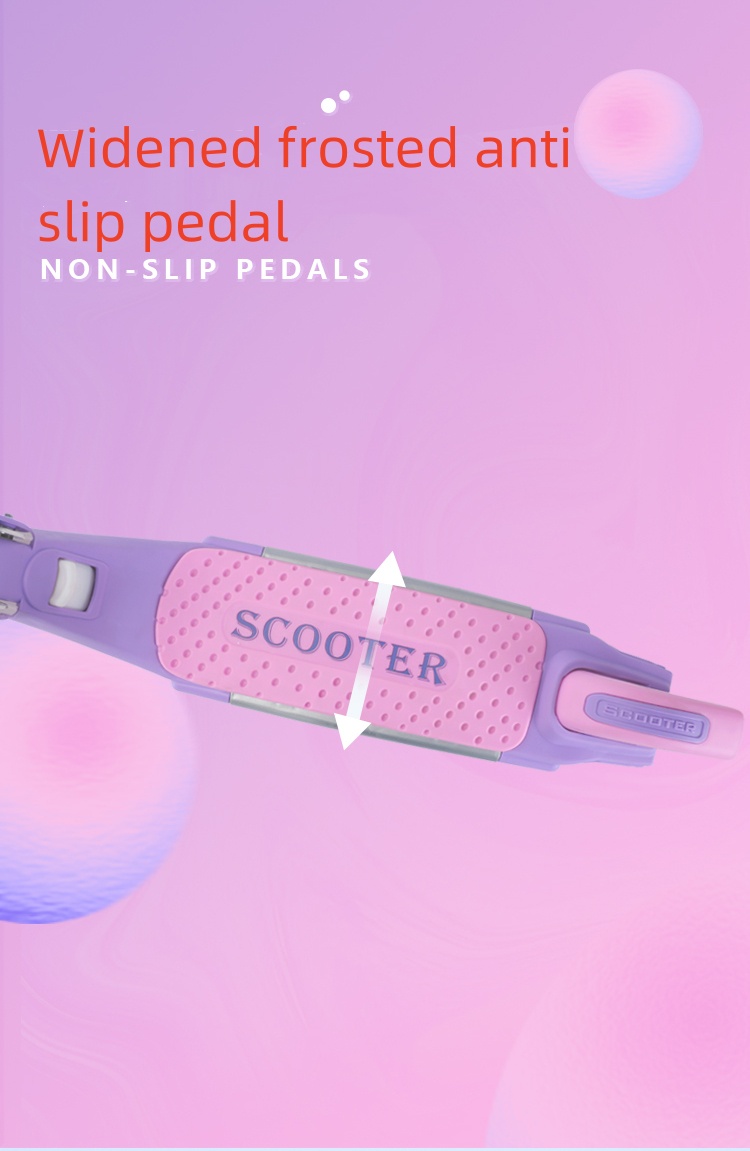Nov . 04, 2024 21:05 Back to list
frozen brake drum
Understanding the Impacts of Frozen Brake Drums
Driving in cold weather can sometimes lead to unexpected challenges, one of which is the phenomenon of frozen brake drums. For many drivers, especially those living in regions with harsh winters, understanding frozen brake drums is crucial to ensuring safety on the road. This article will explore what frozen brake drums are, their causes, effects, and preventative measures that can be taken.
What Are Brake Drums?
Brake drums are essential components of a vehicle's braking system, particularly in drum brake systems. They are usually made of cast iron or aluminum and encase the brake shoes. When the driver presses the brake pedal, hydraulic pressure forces the shoes against the inside of the drum, creating friction that slows or stops the vehicle.
What Causes Brake Drums to Freeze?
The primary cause of frozen brake drums is moisture. During the winter, especially when temperatures drop below freezing, water can collect in the brake components. This may happen due to snow, rain, or road salt that accumulates during the winter months. When temperatures fall, this moisture can freeze, causing the brake shoes to bond to the drum.
In addition to moisture, a lack of proper maintenance can contribute to this issue. Older vehicles or those with worn brakes may have more significant buildup of dirt and grime, which can retain moisture and further exacerbate the freezing problem.
Effects of Frozen Brake Drums
frozen brake drum

When brake drums freeze, the effects can vary from minor inconveniences to severe safety risks. One of the most common symptoms is the inability to disengage the brakes when the vehicle is started. This means that the vehicle may not move, or it may take a considerable amount of force to free the brakes, which could lead to damage.
Moreover, if the brakes do free unexpectedly, this can create a dangerous situation, as drivers may not be able to control the vehicle effectively. In some cases, the sudden release of brakes might lead to skidding or loss of control, especially on icy roads. Thus, frozen brake drums can significantly increase the risk of accidents.
Preventative Measures
Fortunately, several measures can help mitigate the risks of frozen brake drums. First and foremost, regular maintenance is key. Ensuring that the brakes, including the drums and shoes, are in good condition can prevent the buildup of moisture and debris.
It’s also essential to keep the braking system clean. Regularly inspecting and cleaning the brake components can help reduce the chances of moisture accumulation. Additionally, parking the vehicle in a garage or sheltered area during cold weather can minimize exposure to the elements.
Lastly, using brake anti-freeze products specifically designed for this issue can provide added protection, particularly in regions known for extreme winter conditions.
Conclusion
Understanding the impacts of frozen brake drums is crucial for safe winter driving. By recognizing what causes this problem, its potential effects, and implementing preventive measures, drivers can stay safe and avoid complications during the winter months. Adopting a proactive approach to vehicle maintenance will not only enhance the reliability of braking systems but also contribute positively to overall road safety. Whether you’re faced with a frosty morning or a snowy evening, being aware of the risks posed by frozen brake drums can make all the difference in maintaining control on the road.
-
Scania Brake Drums: OEM Quality for Optimal Safety & Durability
NewsAug.16,2025
-
R.V.I: Advanced Remote Visual Inspection for Precision
NewsAug.15,2025
-
Discover HYUNDA: Innovative Vehicles, Equipment & Solutions
NewsAug.14,2025
-
R.V.I: Unlock Advanced Insights & Real-time Performance
NewsAug.13,2025
-
Kamaz Brake Drum: Durable & Reliable for Heavy Duty Trucks
NewsAug.12,2025
-
Heavy Duty Iveco Brake Drum - Premium Quality & Safety
NewsAug.11,2025
